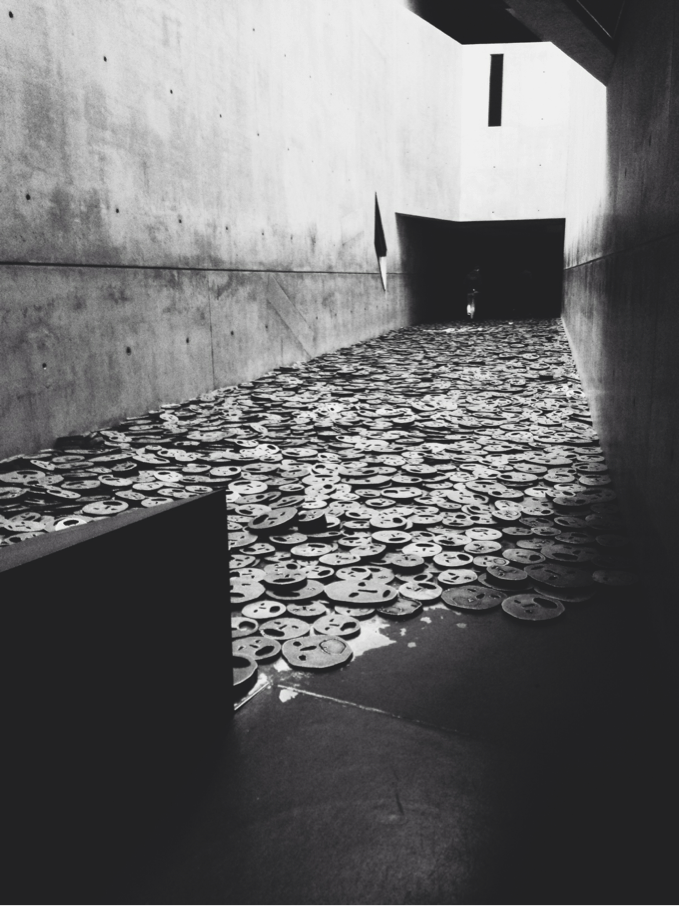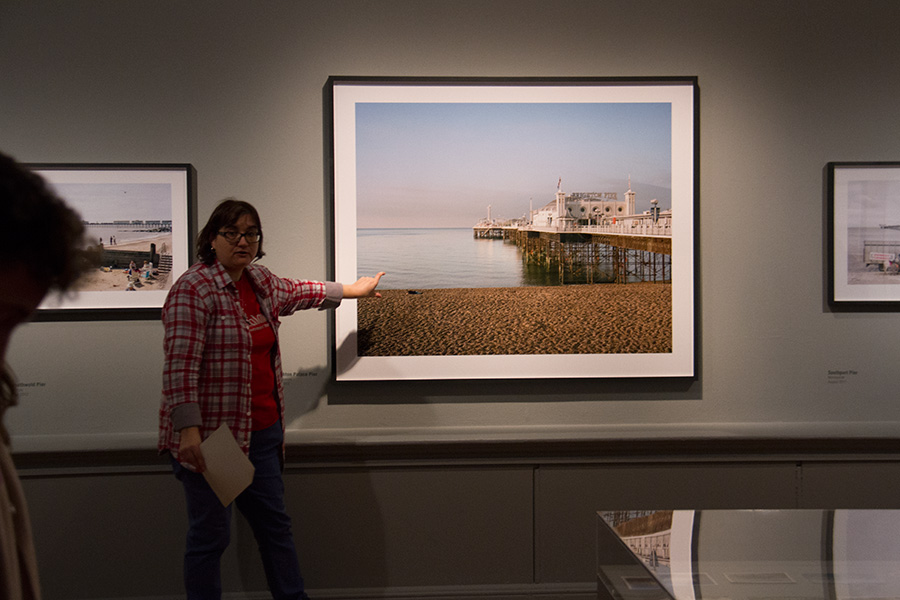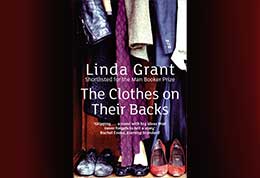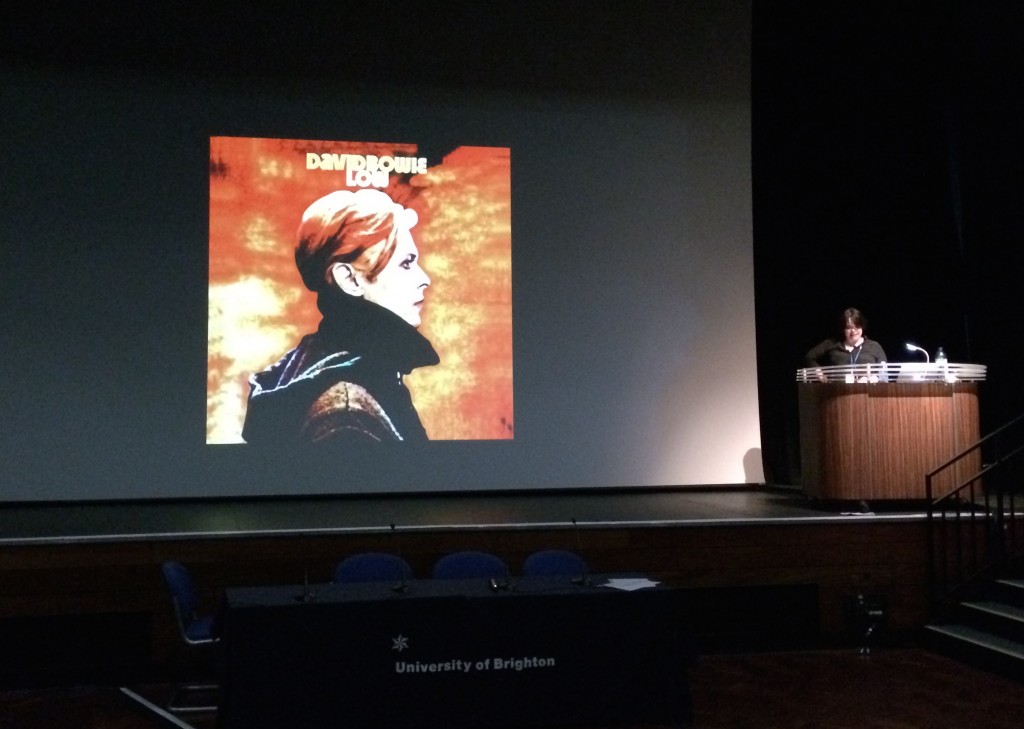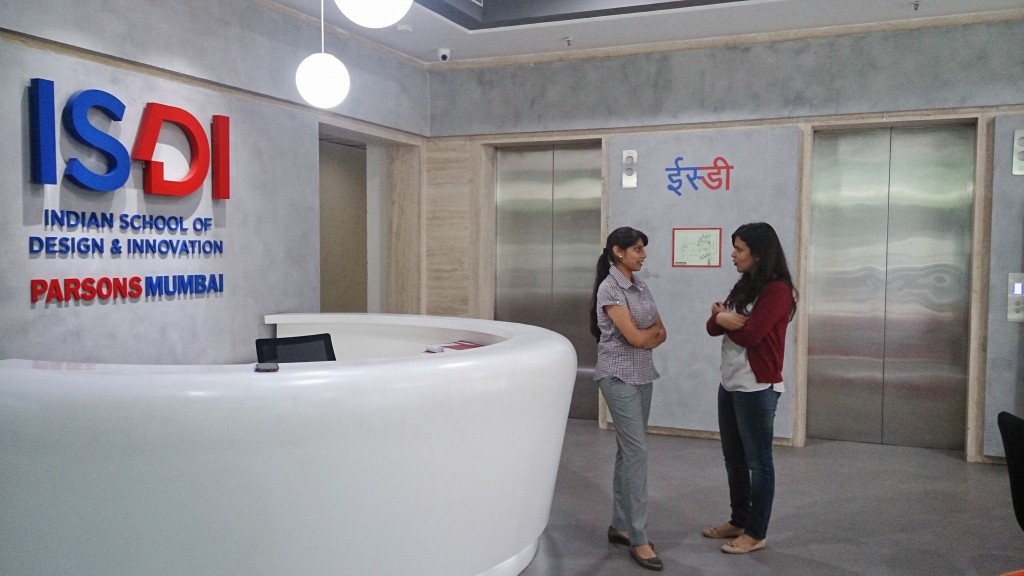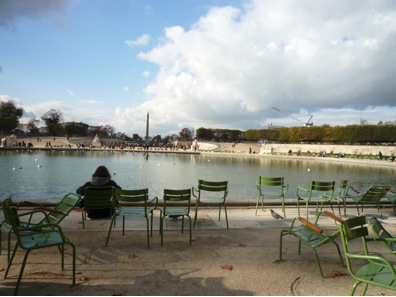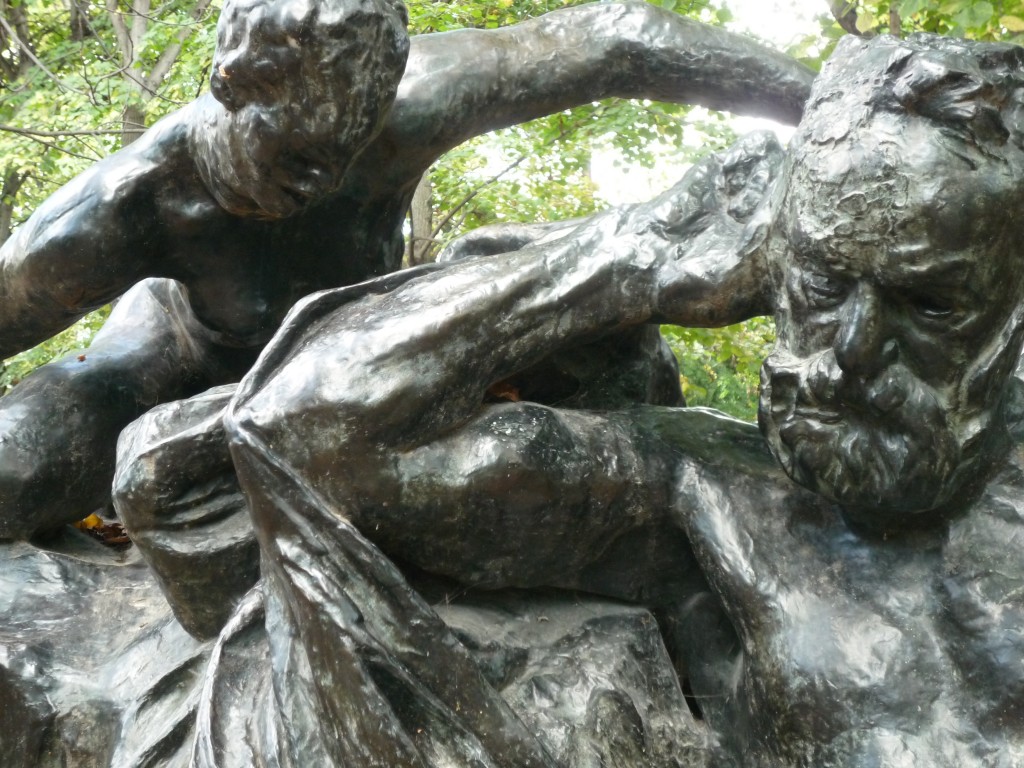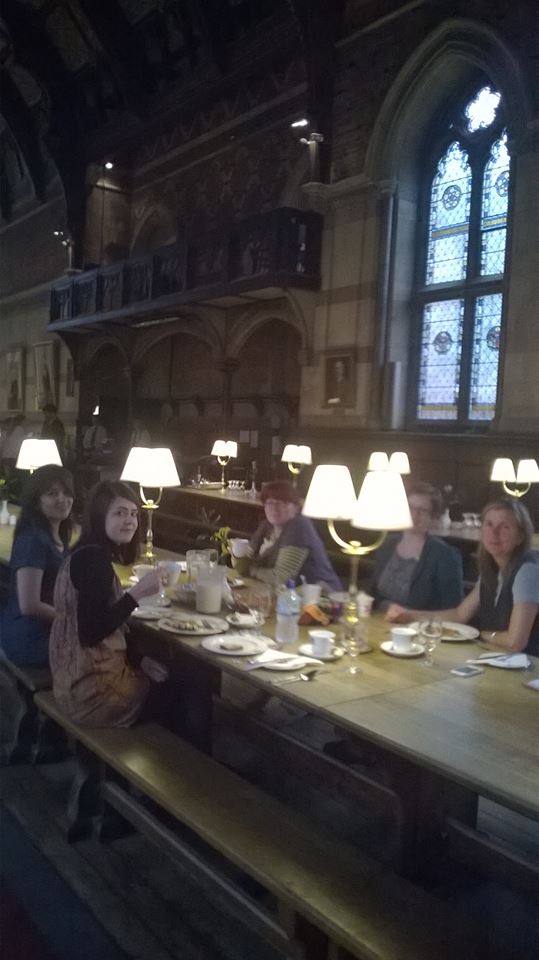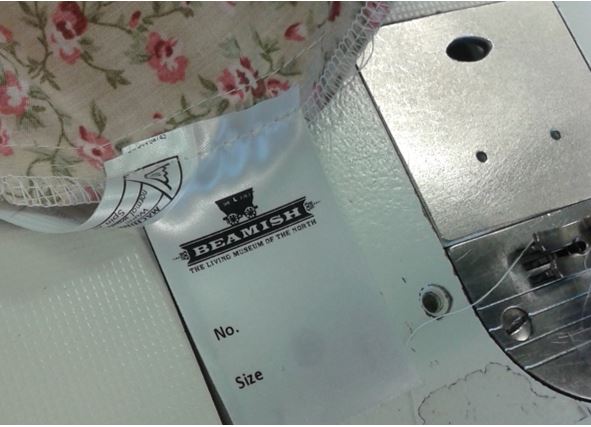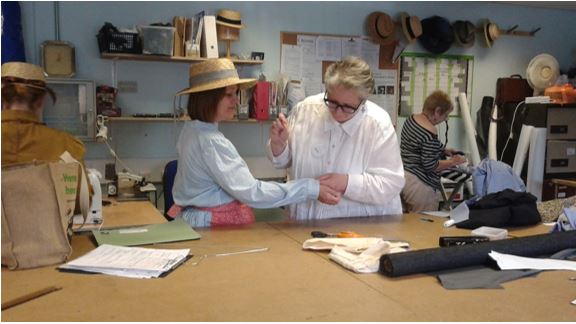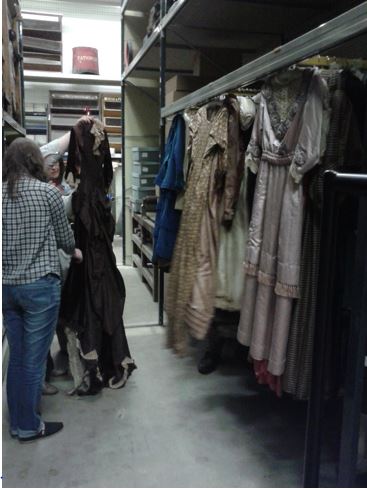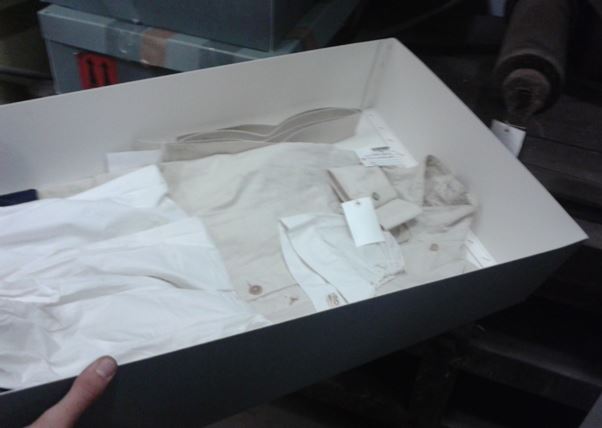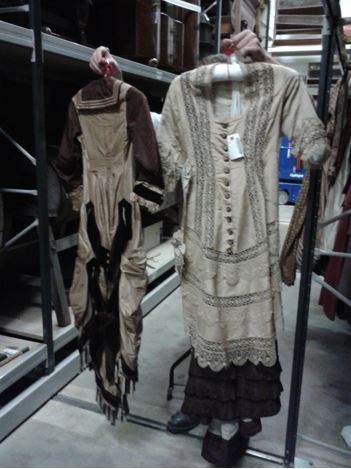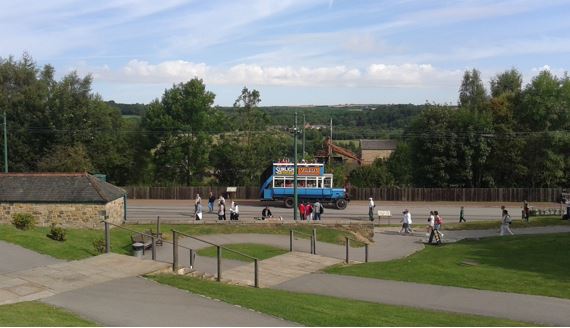Jade Bailey-Dowling (final year BA (hons) Fashion and Dress History) attended a recent conference for the exhibition Fashion Cities Africa that questioned whether ‘fashion’ is just a European idea…
On 2 November 2016, the Royal Pavilion & Museums with the Sussex Africa Centre at the University of Sussex and the University of Brighton held a one-day conference titled Creating African Fashion Histories. This event accompanied the much anticipated first major UK exhibition dedicated to contemporary African fashion, Fashion Cities Africa at the Brighton Museum & Art Gallery. It was an engaging and well-attended conference which saw fourteen speakers summarizing their recent research on particular periods or focusing on different places pivotal to African fashion. The day was split into four sections, with allocated time for a panel discussion at the end of each of the sections, enabling academics and attendees to interact and participate together.
The eclectic research topics, varying from place to period, led to a fascinating and thorough exploration of the history of African fashion. While some focused on the origins of African fashion and styles of the past – such as Jody Benjamin from the University of California who discussed the 18th and 19th century cloth trades and costume trends from surviving prints and a few rare pieces of cloth – others took a more contemporary focus, for example Christopher Richards of Brooklyn College who looked at the styles present in 1960s Ghana. Carol Tulloch, who co-curated the V&A’s Black Style exhibition in 2004, developed her research by using Ebony magazine to investigate the styles, fashions and dress of African American women looking at their aesthetic choices.
Other presenters included M. Angela Jansen, a visiting researcher at the Victoria and Albert Museum, who focused on 20th century Moroccan fashion history, looking mainly at photographs as sources and examples. Jansen pointed out a central theme that ran through all talks of the day: that fashion is not a European idea. This idea was reaffirmed by Tulloch who described the criticism of an exhibition for not ‘seeming’ African enough to a Western audience, highlighting the Europeanized constructed view of what is ‘African’; an interesting idea to hold on to when visiting the exhibition itself.
When explaining the main focus of the exhibition, Nicola Stylianou & Edith Ojo, who both worked on the exhibition, emphasized the desire to ensure the exhibition was inclusive and accessible to anyone. A longstanding battle within the fashion exhibition field is to ensure that exhibitions are educational, informative and entertaining. Putting too much emphasis on academia means it is not accessible to the masses, yet making it too ‘fun’ almost discredits it. However, Fashion Cities Africa is a perfect blending of the two, opening up a new focus on African fashions to the wider audience.
The day ended with a drinks reception and an opportunity to view the Fashion Cities Africa exhibition, which celebrates the current fashion scene, and (like the conference) is supported by the Sussex Africa Centre at the University of Sussex and the University of Brighton, both of which are key partners in the project. The exhibition, like the conference, is split into four sections, however the sections in the exhibition relate to contributions from designers from four cities: Nairobi, Casablanca, Lagos and Johannesburg. Much like the range of research presented at the conference, the exhibition echoes the necessity to explore a wide variety of source in order to attempt to fully understand the topic. Sources such as short films, photographs, a handling corner with long swathes of fabric to touch as well as actual garments are used to illustrate the fashion cities of Africa. The exhibition will run until January 8th 2017.


